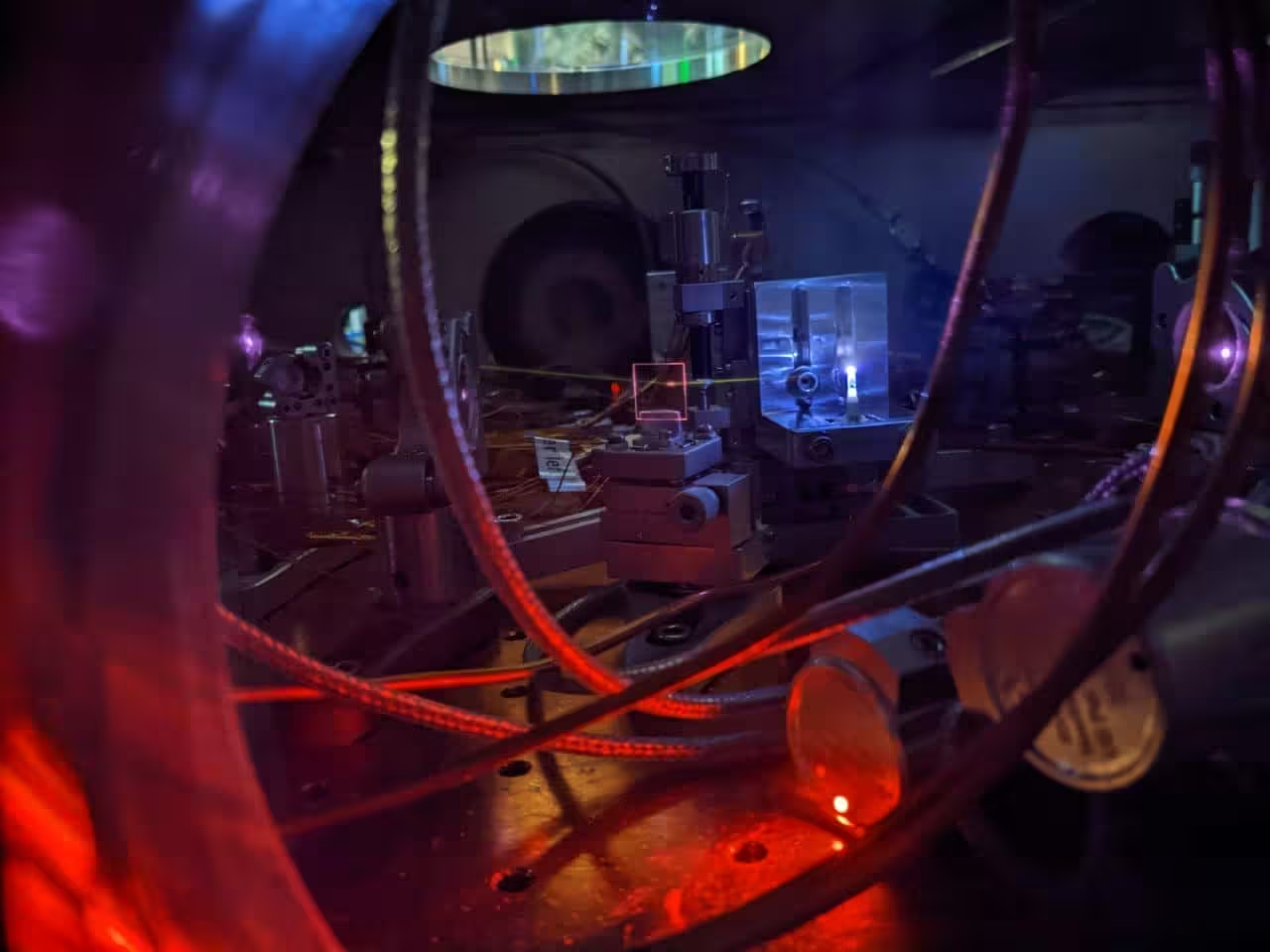Scientists have taken a significant step toward developing a nuclear clock, a device that measures time by recording energy changes (tick-ticks) in the nucleus of an atom. The nuclear clock promises to be more accurate and stable than the atomic clock. The atomic clock works by using lasers whose emission frequency corresponds exactly to the energy required for electrons to transition between levels inside an atom. This clock simply loses or adds one.
Scientists have taken a major step toward developing a nuclear clock, a device that measures time by recording energy changes (tic-ticks) in an atom’s nucleus.
The nuclear clock promises to be more accurate and stable than the atomic clock. The atomic clock works on the basis of lasers whose emission frequency corresponds exactly to the energy required for electrons to transition between levels within an atom. The clock loses or adds only one second every 40 billion years.
A nuclear clock, on the other hand, records the transitions between protons and neutrons inside the nucleus, which can make it even more accurate. Particles in the nucleus are less sensitive to external influences such as electromagnetic fields.
Creating nuclear clocks from most materials requires extremely high-energy X-rays, so the scientists focused on thorium-229: its nuclear transition requires much lower-energy ultraviolet light.
The research team used embedded CaF crystals2 thorium-229 atom. The scientists used a frequency comb, an optical device that counts the number of cycles of radiation that cause ticks with high precision. In a paper published in the Journal NatureScientists first recorded the transition of a thorium-229 atom to an excited state and were able to calculate the frequency that caused this signal.
The accuracy of the measurement exceeded previous results by a factor of 100,000. In addition, for the first time, the researchers directly compared the selected ultraviolet frequency with the optical frequency of one of the world’s most accurate atomic clocks based on strontium. This was the first direct link between a nuclear transition and an atomic clock.
The nuclear clock could become much more accurate than current atomic clocks, which already play a key role in navigation systems, the Internet, ensuring the reliability of network connections and the security of digital communications. If the frequency of the “signal” changes over time, it could indicate changes in the fundamental forces that hold the nucleus together. Such precision would help scientists detect the influence of dark matter on matter.
For a nuclear clock to surpass an atomic clock in accuracy, a lot of research will be required. Scientists will verify the accuracy and optimize the laser systems. Although the described technical solution cannot yet be called a full-fledged nuclear clock, it already contains all the basic technologies for their creation.













